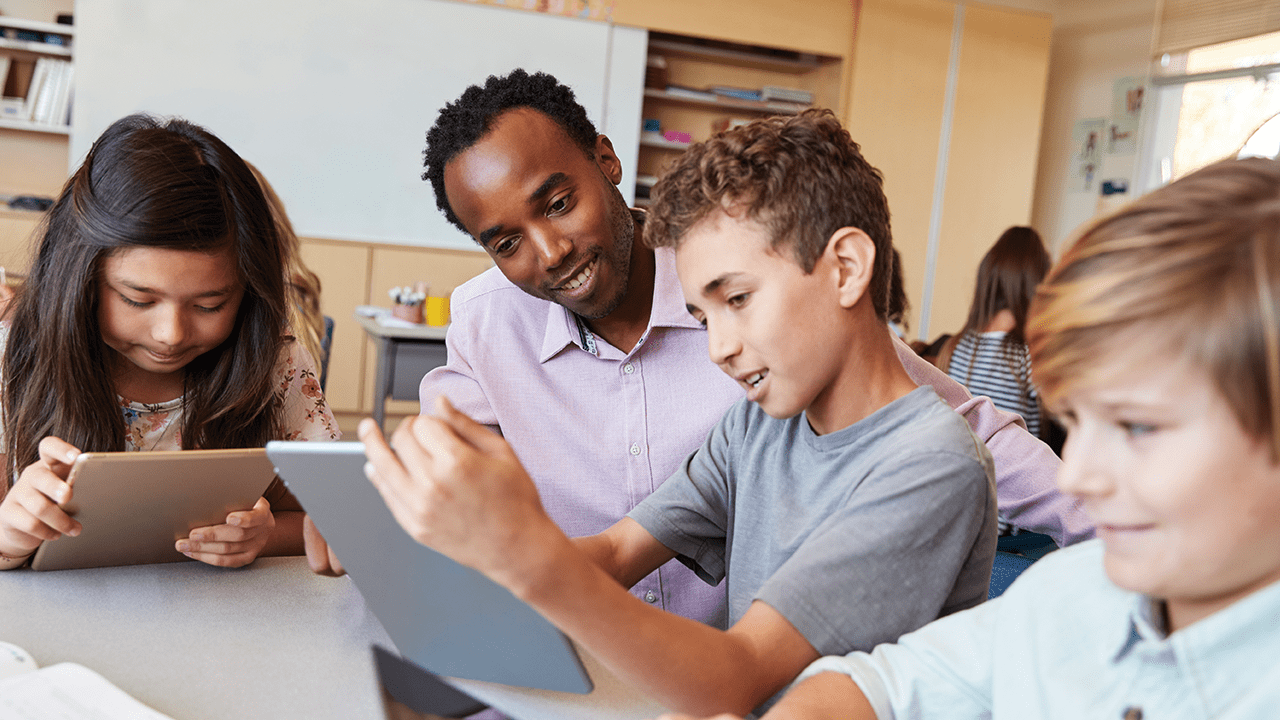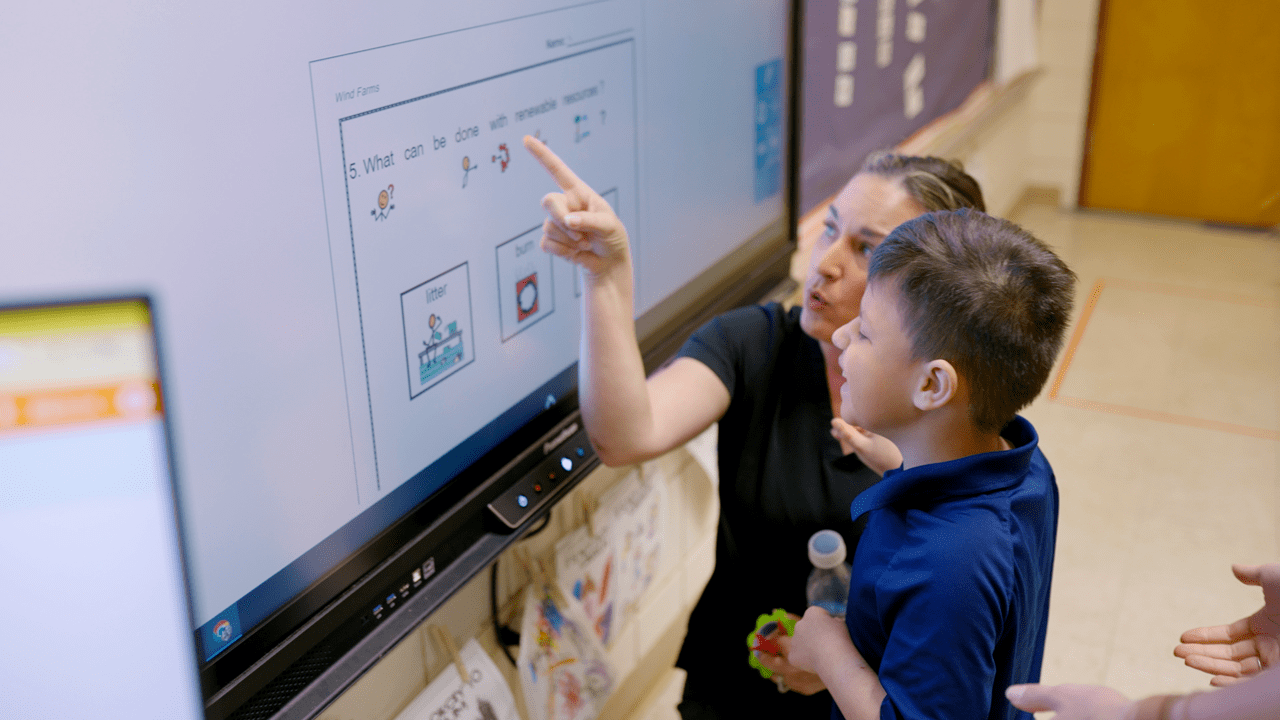However, we cannot do it alone! Our IEP team must work together to combine the content‑area expertise of the general education teacher and the special education teacher’s experience in creating specialized instruction. When we unite our strengths, we are better able to meet the needs of every student.
The good news is that there are a lot of different student‑centered activities and interventions to try. When we place the student at the center of the lesson or activity, the teaching is designed for the student by definition!
4 Student-Centered Activities
1. Allow students to work together to complete an activity, project, or lesson.
You can employ cooperative learning groups, discussion groups, role‑playing or simulations, workshops, debates, or panels of Q&A. When students work in groups or with peers in teams, they are practicing more than just academics. They’re working on social skills, such as taking turns, communication, and verbal/nonverbal cues. As a bonus, they’re learning through the natural practice of modeling. Students are also introduced to different perspectives, new vocabulary, and learning what they bring to a team.
2. Inspire students to create something instead of completing a worksheet or other assignment.
This can be done by asking them to develop a presentation or video that demonstrates their knowledge of a topic and encourages them to teach their peers. Another great idea for allowing students to learn through creativity is having them work backward: present an end product or result, and then each group must figure out how it was achieved.
3. Create engagement and buy‑in by letting students choose activities.
Students love having choices because it gives them the feeling and reality of control. In addition, they are more likely to work on something at which they know they are skilled. Use a choice board, allowing the students to decide what will be graded, what the purpose of the lesson is, or through what type of media they would like to learn. One great advantage on the teacher’s side is that we can provide guidance or multiple choices, but allow students to make the final decision. Get ready to watch engagement soar!
4. Have students set their own learning goals and then reflect on their work.
Help students learn essential skills and build on those skills by assisting with goal setting and reflection! Nothing is more student centered than an activity selected by the students themselves. This can be done by having them set goals for what they want to learn on a specific topic or set a goal for the lesson, week, month, marking period, or year.
Recognize that not all interventions or adaptations work for all students
Be open to trying new or different strategies to address the needs of students in your class or on your caseload!
When it comes to collaborating with our peers—general education teachers—be mindful that we complement one another. During lessons and activities, if you begin noticing a trend that a student needs an accommodation or modification, or is no longer in need of a support or service written into the IEP, take note of it. This allows you to make appropriate recommendations and have the data to back it up, not only at the IEP meeting but while you are lesson planning.
Remember—as a team we can intuitively find ways to provide interventions and create student‑centered activities that truly allow all of our learners to shine!


